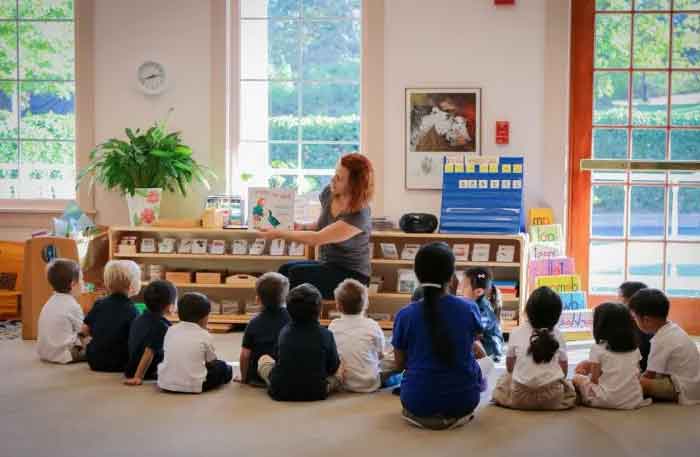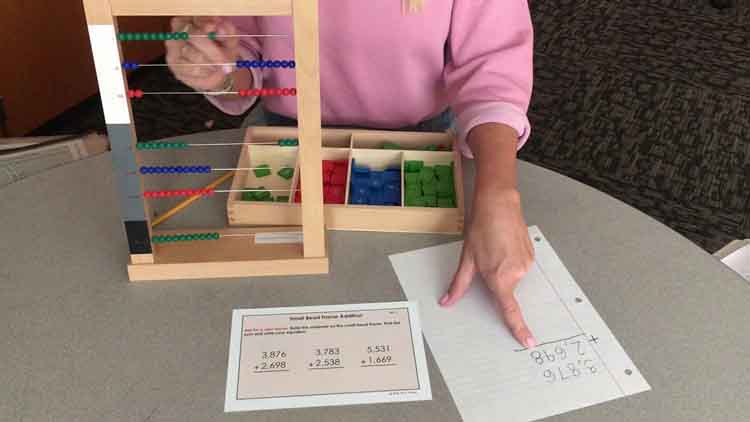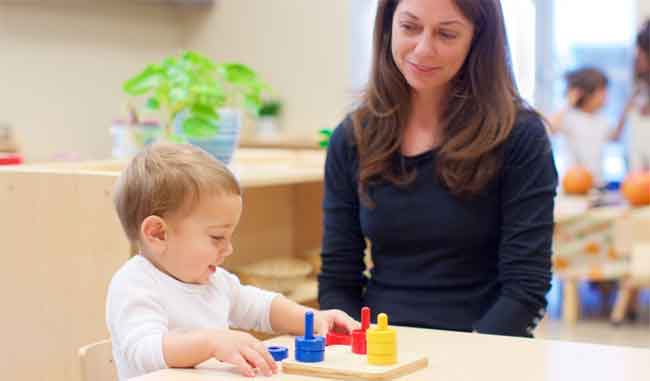The Montessori method of teaching, developed by Dr. Maria Montessori in the early 20th century, is an educational philosophy that emphasizes child-led learning and the importance of a prepared environment. This approach has gained global recognition for its innovative techniques and its ability to foster independence, creativity, and critical thinking in children. In this article, we will explore the core principles, methods, and benefits of Montessori education.
Core Principles of Montessori Education
At the heart of the Montessori method are several fundamental principles that guide the teaching approach:
- Child-Centered Learning: Montessori education views the child as an active participant in their own learning journey. The role of the teacher is not to direct but to facilitate, allowing children to explore their interests at their own pace.
- Prepared Environment: A carefully organized and aesthetically pleasing environment is essential in Montessori classrooms. This space is equipped with age-appropriate materials that encourage exploration and independence. Every item has a designated place, promoting order and responsibility.
- Hands-On Learning: Montessori emphasizes experiential learning. Children engage with materials that are tactile and sensorial, which helps them understand abstract concepts through concrete experiences. For instance, they may use blocks to learn about mathematics or sandpaper letters to explore phonetics.
- Mixed-Age Classrooms: Montessori classrooms typically include children of different ages, usually spanning three years. This arrangement promotes peer learning, where older children mentor younger ones, and fosters a sense of community.
- Freedom within Limits: Children in Montessori settings have the freedom to choose their activities, but within a structured environment that promotes respect, responsibility, and self-discipline. This balance encourages autonomy while ensuring that children understand the boundaries of acceptable behavior.
Key Methods of Montessori Teaching
The Montessori approach employs various methods to facilitate learning:
- Observation: Teachers observe children to understand their interests, strengths, and developmental stages. This observation informs how teachers can support each child’s unique learning journey, allowing for tailored educational experiences.
- Individualized Learning Plans: Based on observations, teachers create individualized learning plans that cater to each child’s needs. This personalized approach ensures that children receive the appropriate level of challenge and support, fostering a love for learning.
- Use of Specialized Materials: Montessori classrooms are equipped with specially designed materials that encourage exploration. For example, the “pink tower” helps children understand concepts of size and proportion, while the “decimal system” materials introduce mathematical concepts in a tangible way.
- Freedom of Movement: Children are encouraged to move freely within the classroom, choosing where and how they work. This movement supports physical development and allows children to engage deeply with their chosen activities.
- Focus on Practical Life Skills: Montessori education places significant emphasis on practical life skills. Activities like pouring, sweeping, and buttoning not only develop fine motor skills but also foster independence and self-confidence.

The Role of the Teacher
In the Montessori method, the teacher’s role is often described as a “guide” or “facilitator.” Unlike traditional educators who may lead lectures, Montessori teachers create an environment where children feel empowered to explore. Their responsibilities include:
- Preparing the Environment: Teachers set up and maintain the classroom to ensure that materials are accessible and engaging.
- Observing and Assessing: Through careful observation, teachers assess children’s progress and interests, adapting their guidance accordingly.
- Encouraging Independence: Teachers encourage children to take initiative, fostering a sense of ownership over their learning.
- Supporting Social Interaction: Teachers facilitate interactions among children, promoting cooperation, empathy, and conflict resolution.
Benefits of Montessori Education
The Montessori method offers numerous benefits that contribute to holistic child development:
- Enhanced Independence: Children learn to make choices and take responsibility for their actions, fostering a sense of autonomy.
- Improved Focus and Concentration: The freedom to choose activities allows children to engage deeply with tasks, leading to improved concentration and a love for learning.
- Strong Social Skills: Mixed-age classrooms promote collaboration and social interaction, helping children develop important social skills and emotional intelligence.
- Critical Thinking and Problem-Solving: The hands-on, experiential nature of Montessori materials encourages children to think critically and solve problems creatively.
- Lifelong Learning: By fostering a love for learning and independence, Montessori education instills a lifelong curiosity and desire for knowledge.
Montessori methods of teaching represent a transformative approach to education that prioritizes the needs and interests of the child. By emphasizing hands-on learning, individualized instruction, and a carefully prepared environment, Montessori education nurtures independent, confident, and well-rounded individuals. As more educators and parents recognize the value of this method, the principles of Montessori education continue to influence classrooms worldwide, paving the way for a future where children are empowered to thrive as lifelong learners. Through its innovative practices, the Montessori method not only changes how children learn but also enriches their entire educational experience, preparing them for success in a rapidly evolving world.
Content Prepared by: Pratheek
Conatct no: +91 98468 08283




